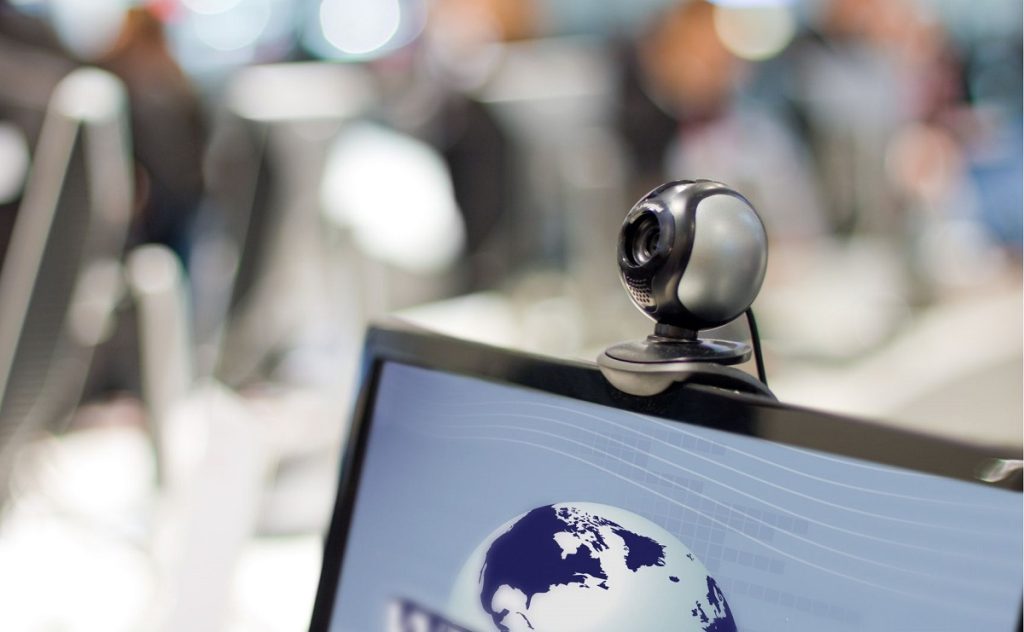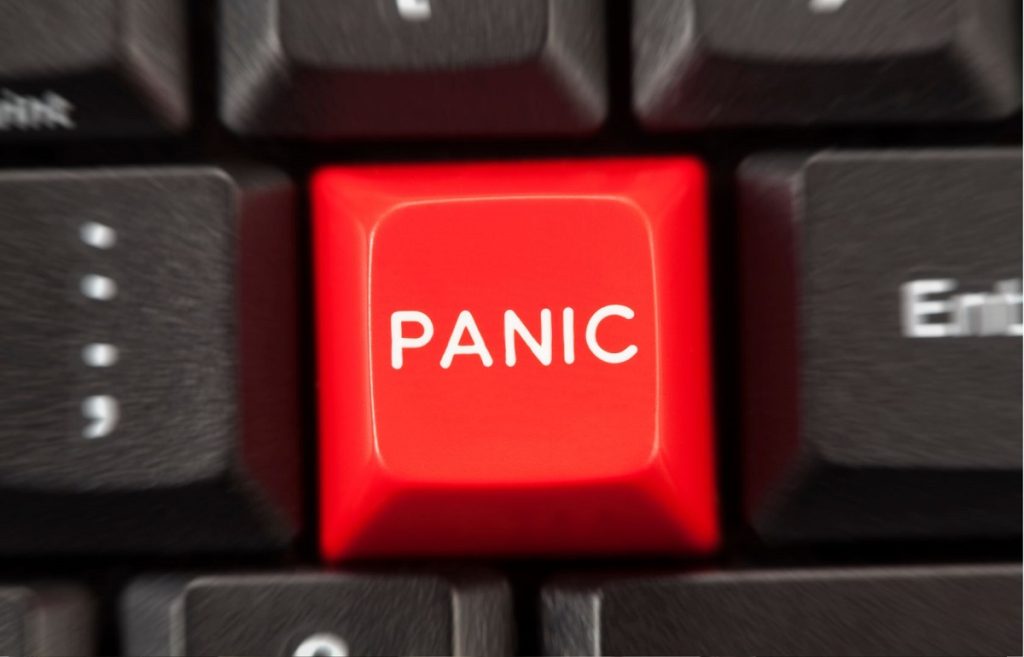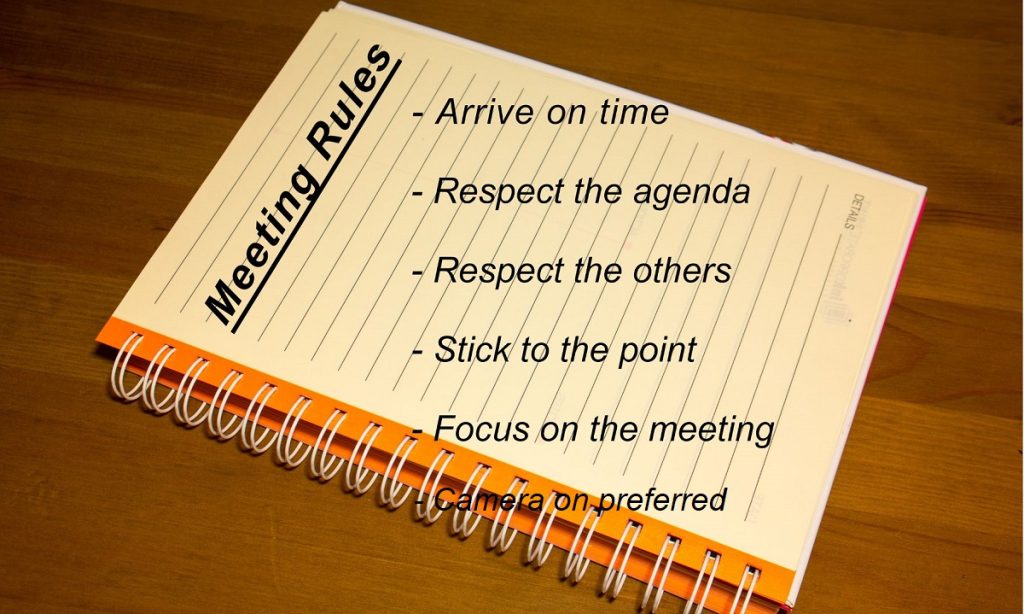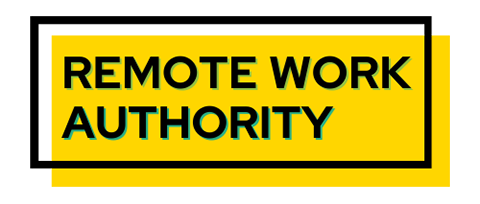Since the pandemic, many formerly in-office meetings have been conducted using software like Zoom or Microsoft Teams. Bosses, who want to encourage communication and team building, want cameras on during the meetings. An increasingly loud chorus of workers offers exit reasons for turning the cameras off.
For Zoom meetings, most employers expect that meeting participants will turn on their cameras. The thinking is that seeing everyone will make the experience as personal as an in-person one. After several years of group meetings, many staffers do not want to show up on screen, and many employers are rethinking the need for a cameras-on policy. Is a Zoom meeting camera on policy really necessary?
Advantages Of Camera-On During Meetings
Workplace specialists Tobias Gunther and Kai Blisch from Building Better Teams maintain that keeping the camera on with self-view off helps encourage communication and engagement. They often start meetings with icebreakers that encourage everyone to sum up how they are doing at the meeting time by assigning a traffic light color to themselves.
A respondent with a bad cold or who just had a fight with their partner may indicate they are “yellow,” an indicator to others they might feel slightly disengaged from the meeting today. Others would know to be more sensitive to their state during the meeting and attribute body language that was off to their state of mind, not to the meeting.
The theory is that seeing other people and seeing their body language as well as their words will improve communication and make the meeting more effective.

Why Some Workers Don’t Like Zoom Meeting Camera On Demands
Some employers hope to encourage participation through camera use, while excusing those who are sick or have distractions in the background. For some companies, though, the camera is a tool to make people pay attention. Not surprisingly, employees often bristle at requirements for mandatory camera use. Why?
Participants feel like everyone is staring at them. Seeing everyone full-face simulates eye contact; in most interactions, people tend to avert their gaze part of the time. Being the focus of many eyes is disconcerting to some. Few real-life interactions put individuals under as much surveillance as a video meeting.
Having the camera on requires a person to remain seated. For someone who thinks better when moving around, the camera can be so distracting that it impacts productivity.
After several years of frequent Zoom meetings, many employees are sick of frequent meetings and feel “Zoom fatigue” at having to be at the meetings, especially on camera. Researchers noted in the Harvard Business Review have gone so far as to develop fatigue scales to measure how camera use impacts meeting fatigue. Their conclusion so far? Camera use tires people out more than the meetings themselves. How best to handle this while keeping people engaged is still up for grabs.

Zoom Dysmorphia
Many don’t like to see themselves on camera, as it reminds them they are having a bad hair day or need to lose 25 pounds. For some with body-image issues, the problem is more serious. For those obsessed with imperfections in their appearance, Zoom dysmorphia is so serious that it leads to symptoms such as:
- Feelings of self-consciousness
- Body dissatisfaction
- Pressure to change your appearance
- Disordered eating
- Excessive exercise
- Desire to seek cosmetic procedures – a trend seen during the pandemic

Stress And Anxiety
When companies have frequent Zoom meetings, often on the same day, even those without dysmorphia can feel uncomfortable during meetings. Recent research shows that both men and women exhibit stress, anxiety, and body dissatisfaction when they have too many video meetings. Some users try using filters to change their looks, but this can make things worse.
According to recent research, interacting with up-close programs like Zoom can trigger the same extreme reaction that a threat or attack does. Video meetings put other humans into vulnerable positions where they feed under attack or judged.

Bullying And Harassment
People often participate in virtual meetings from home, which can give coworkers more of a look into personal surroundings than you might feel comfortable with. Some employees harass others with comments about physical appearance, the size or looks of the home, or partners or children who show up in the background. They may make lewd, sexist, or racial remarks in chat, both in and out of meetings.
Managers can even be borderline stalkers who send frequent messages to verify if the employee is actively working. They could also schedule video or chat check-ins throughout the day for the same purpose.
Setting Rules For Video Meetings
Zoom meetings are a legacy of the pandemic that is with us to stay. Video meetings mean reduced travel by remote workers or those unable to attend in person. They may even save on costs for sales personnel to meet with clients, finalize orders, or even show new products. As meetings are communication vehicles, all parties in the meeting should be able to see each other by keeping the camera on.

Some might argue that when employers call meetings, employees, contractors, and freelancers involved in the project should regard the meeting as a work obligation. If the employer says the meeting is at 11 AM and expects everyone to have their camera on, participants should follow the directive.
Evidence suggests, though, that camera-on mandates camera can be counterproductive. Just as with remote work, the best camera policy is built on compromise. Ideally, employees should be engaged enough for the meeting that turning their cameras on is just a healthy part of communicating with coworkers.
Not every meeting should require having the camera turned on.
Keeping in mind that some meetings don’t need to show video, companies should share their preferred meeting etiquette with staff. Ideally, companies should suggest keeping the camera on without mandating it.
As a practical matter, when meetings are large, it becomes meaningless to have each screen covered with dozens of tiny faces. Only the main presenters need to have their cameras on when the meeting exceeds 15-20 participants. The manager(s) running a meeting should have their cameras on in meetings to set a good example for other people.
For other meetings, companies might request employees to turn on cameras but make no public reprisals to people who didn’t. After the meeting, a manager might have a one-on-one call with an employee who kept the camera off to see why this was the case, if this is an issue.
In general, if an employee is sick or has a noisy background, due, perhaps, to yard maintenance day at their apartment, they should be able to check into the meeting with the camera on and then announce they need to turn it off.

Managers who run meetings must be attuned to inappropriate language or behavior toward participants. Any meeting guidelines should spell out racist, sexist, classist, or any other offensive comment directed toward others is inappropriate.
Virtual meetings are generating their own best practices. A well-thought-out Zoom meeting camera on or off policy should be part of the mix.


